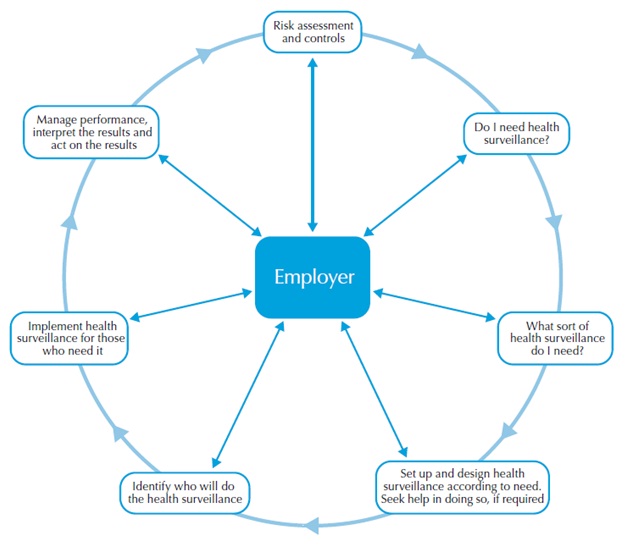Step 1: Identify the hazards
First, you need to work out how people could be harmed. When you work in a place every day, it is easy to overlook hazards, so here are some tips to help you identify those that matter:
- Walk around your workplace and look at what could reasonably be expected to cause harm.
- Ask your employees or their representatives what they think. They may have noticed things that are not immediately obvious to you.
- Consider published information on accidents and near misses on ships, which will highlight common hazards and high-risk activities.
- If you are a member of a trade association or protection and indemnity insurance (P&I) club, contact them. Many produce very helpful guidance.
- Check manufacturers’ instructions or data sheets for chemicals and equipment because they can be very helpful in spelling out the hazards and putting them in their true perspective.
- Have a look back at your accident and ill-health records – these often help to identify less obvious hazards.
- Remember to think about long-term hazards to health (e.g. high levels of noise or exposure to harmful substances) as well as safety hazards.
- Consider people who may be particularly vulnerable (e.g. young persons or pregnant seafarers).
Step 2: decide who might be harmed and how
For each hazard, you need to be clear about who might be harmed, because this will help you to identify the best way of managing the risk. That doesn’t mean listing everyone by name, but rather identifying groups of people.


Leave a Comment